A Brief Overview of Tieguanyin Oolong Tea
Tieguanyin, often referred to as the "Iron Goddess of Mercy," is a premium oolong tea celebrated for its rich history and exceptional flavor profile. Originating in the Fujian province of China, this tea is renowned for its intricate processing methods and distinctive taste that separates it from other teas.
As a semi-oxidized tea, Tieguanyin undergoes a meticulous production process that results in tightly rolled leaves, releasing a delicate floral aroma and a smooth, velvety liquor. Revered in Chinese culture, Tieguanyin holds a special place in the hearts of tea enthusiasts worldwide.
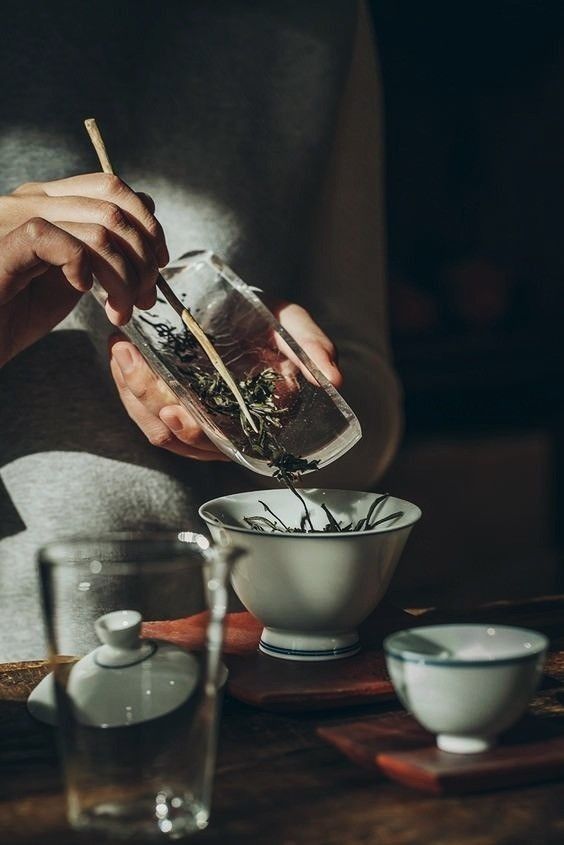
A Taste Journey: The Unique Characteristics of Tieguanyin
Prepare to embark on a sensory adventure with Tieguanyin oolong tea, a drink that offers a delightful symphony of flavors with every sip. Experience delicate floral notes reminiscent of orchids and lilacs, complemented by a creamy texture and a buttery finish that lingers long after each sip.
The complexity of Tieguanyin lies in its perfect balance—sweetness mingles with subtle hints of roasted nuts, creating a harmony that captivates even the most discerning tea lovers. Get ready to indulge in luxury with every cup, uncovering the layers of flavor that make Tieguanyin a truly exceptional tea.
The Legend of the Iron Goddess of Mercy
In the world of Chinese tea mythology, the story of Tieguanyin is as enchanting as the tea itself. Dating back to the Qing Dynasty, the tale centers on a humble farmer who discovered a neglected temple dedicated to Guanyin, the Buddhist goddess of mercy. In a gesture of reverence, the farmer cleaned the temple and made offerings daily.
One night, Guanyin appeared to him in a dream and revealed the secret of a rare tea plant growing behind the temple. The farmer cared for the plant, and it eventually yielded leaves that produced an extraordinary oolong tea—one with an unmatched aroma and flavor.
The name "Tieguanyin," meaning "Iron Goddess of Mercy," honors this divine encounter, marking the tea as a gift of grace and compassion. This legend not only adds mystique to Tieguanyin oolong tea but also underscores its deep cultural significance, embodying virtues of mercy and serenity.
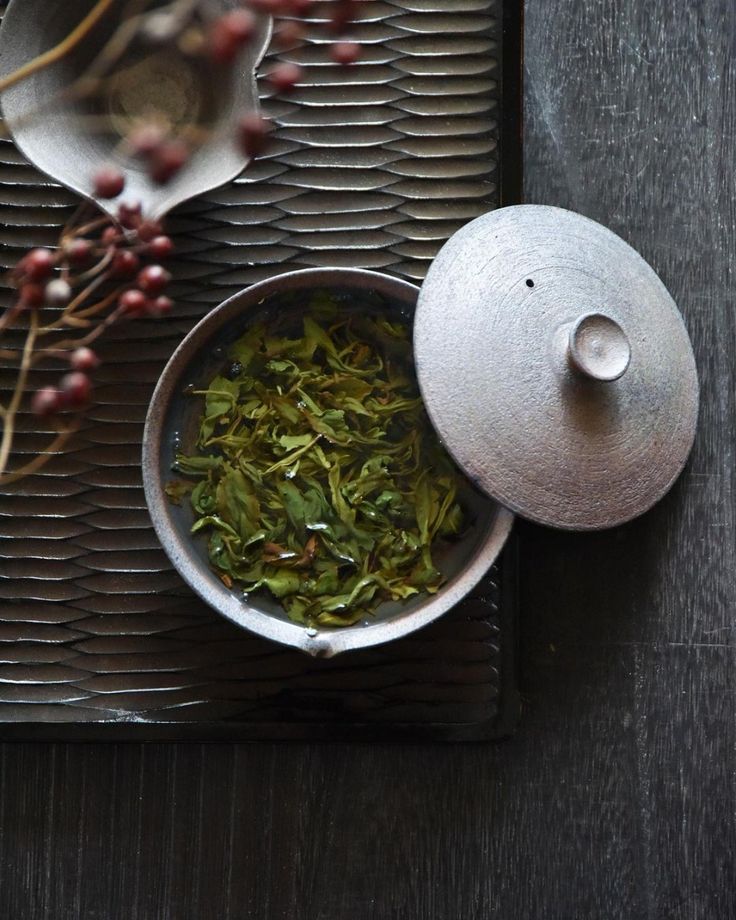
Origins in Fujian Province, China
Fujian Province, located in southeastern China, is the birthplace and spiritual home of Tieguanyin oolong tea. Known for its breathtaking landscapes and ideal climate for tea cultivation, Fujian boasts a rich tea-making tradition that spans centuries.
Tieguanyin's origins can be traced to Anxi County within Fujian, a region famed for producing some of China's most prized teas. It is in this fertile region, with its misty mountains and mild temperatures, that skilled tea farmers nurture Tieguanyin plants using traditional techniques passed down through generations.
Cultivation and Processing of Tieguanyin Oolong Tea
Growing Conditions: The Essence of Terroir
Tieguanyin thrives in specific growing conditions that contribute to its distinct flavor profile. The tea plants are cultivated in high-altitude regions with misty climates, rich soil, and adequate sunlight.
The unique terroir of Anxi County, with its cool mountain air and mineral-rich soil, plays a crucial role in the development of Tieguanyin's floral and creamy notes, helping to create a tea that is both delicate and complex.
Hand-Picking: The Art of Traditional Techniques
A hallmark of Tieguanyin production is the careful hand-picking of the tea leaves. Only the tender top leaves are plucked at the peak of freshness, ensuring the preservation of optimal flavor and aroma. This labor-intensive process requires the skill of experienced pickers, who discard damaged leaves and stems, contributing to the high quality of Tieguanyin oolong tea.
Oxidation and Roasting: A Symphony of Flavors
After harvesting, the tea leaves undergo a controlled oxidation process that enhances their flavor complexity. This crucial step develops the characteristic floral notes of orchid and lilac while maintaining a buttery undertone. Some varieties of Tieguanyin are gently roasted after oxidation, adding caramelized notes and deepening the tea's flavor profile. Mastery in controlling oxidation and roasting levels is essential to unlock the full potential of Tieguanyin’s intricate flavors.
Unveiling Tieguanyin's Floral Symphony
Orchid and Lilac Notes: A Floral Bouquet
Tieguanyin oolong tea is renowned for its signature floral notes, particularly the sweet fragrance of orchids and lilacs. These aromas are a direct result of the unique growing conditions in Anxi County, where the high-altitude climate, mist, and mineral-rich soil impart these delicate floral nuances to the leaves.
When brewed, Tieguanyin releases a fragrant bouquet, evoking a spring garden in bloom. The orchid notes bring a sweet, ethereal quality, while the lilac adds a refreshing crispness that lingers long after each sip.
This interplay of floral flavors creates a sensory experience that is both soothing and invigorating, making Tieguanyin oolong tea a favorite among tea connoisseurs.
Creamy Texture and Buttery Finish: A Luscious Indulgence
Tieguanyin is distinguished by its luxurious creamy texture, offering a smooth, velvety mouthfeel with each sip. This silk-like sensation is a result of the tea's unique processing methods, which involve careful oxidation and roasting to enhance its rich texture.
The tea's signature buttery finish adds a sense of indulgence and depth, making it feel like a decadent dessert in a cup. This lingering buttery note invites reflection, turning each cup of Tieguanyin into an experience that engages all of the senses.
Health Benefits and Cultural Significance
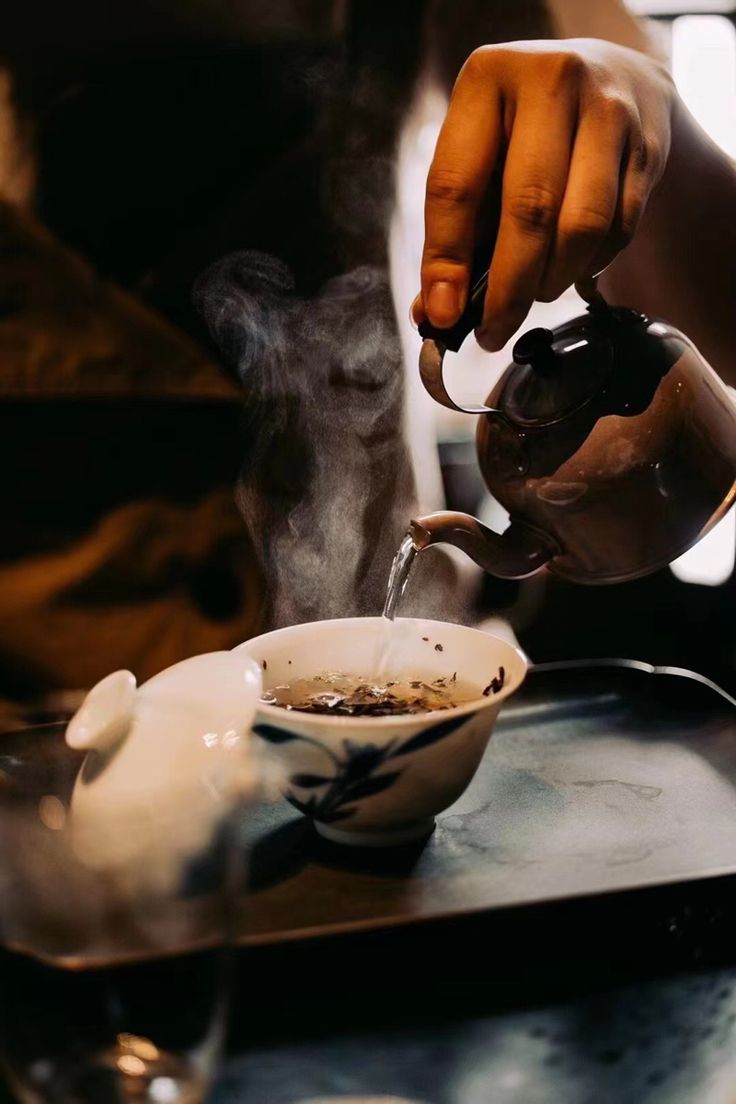
Antioxidant Elixir: A Boost for Your Health
Tieguanyin oolong tea is a sensory delight and an antioxidant-rich elixir that promotes overall well-being. Packed with polyphenols and catechins, Tieguanyin helps combat oxidative stress and supports the immune system.
Regular consumption of this tea may improve cardiovascular health, better digestion, and even potential anti-cancer benefits. This combination of exquisite taste and health benefits makes Tieguanyin a beverage that nourishes both body and mind.
The Ritual of Serving Tieguanyin: A Tradition Steeped in Culture
Serving Tieguanyin oolong tea is more than just brewing a cup—it is a sacred ritual deeply ingrained in Chinese culture. The preparation process, from selecting the finest teaware to the graceful pouring of the tea, honors centuries-old traditions and the wisdom of previous generations.
In Chinese culture, sharing Tieguanyin tea is seen as a way of fostering connections, honoring guests, and celebrating life's important moments. This ceremonial aspect of tea drinking elevates the experience, turning it into an expression of respect, hospitality, and serenity.
Traditional vs. Modern Processing Methods
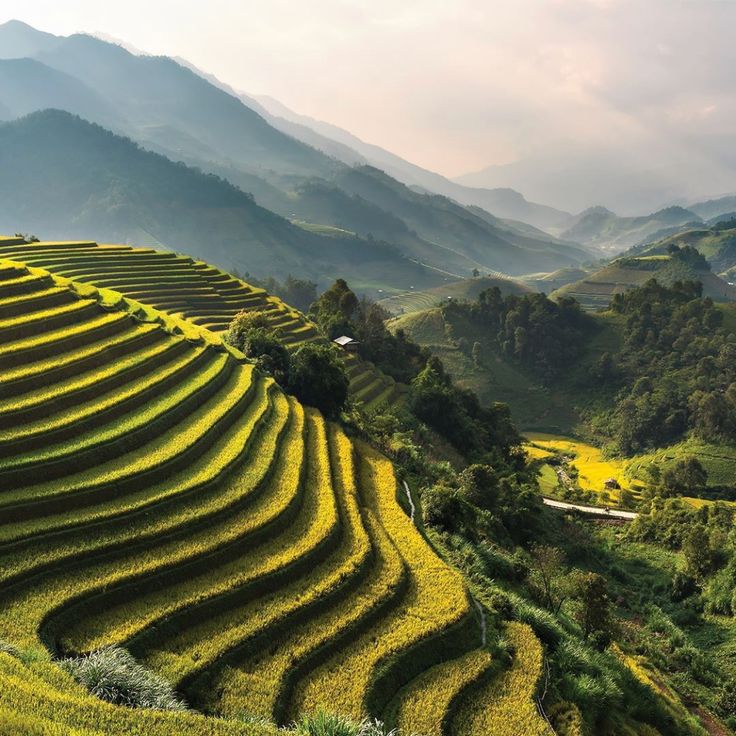
The Art of Traditional Tea Making
Traditional processing of Tieguanyin oolong tea involves meticulous hand-picking, precise oxidation, and careful roasting. This time-honored method, passed down through generations, results in a tea with complex flavors and a deep character.
The Influence of Modern Techniques
Modern processing methods, while more efficient, have introduced technology to streamline production and ensure consistency. While these techniques may not fully capture the nuanced flavors of traditionally made Tieguanyin, they cater to the demands of large-scale production while still maintaining quality.
Grading Tieguanyin: Factors That Determine Quality
Tieguanyin is graded based on several factors, including leaf size, oxidation level, and roasting intensity. Larger leaves are typically prized for their ability to release more complex flavors, while the level of oxidation influences the tea's floral and roasted notes.
Roasting intensity further differentiates the various grades, with multiple roasting sessions imparting richer, deeper flavors. Understanding these grades allows tea connoisseurs to fully appreciate the diversity of Tieguanyin oolong tea.
Brewing Techniques for Optimal Flavor
Water Temperature and Steeping Time
To brew Tieguanyin to perfection, it's important to use water that is around 190-200°F (88-93°C). Boiling water can scorch the delicate leaves and result in bitterness. Steep for 3-5 minutes, adjusting based on personal preference.
Choosing the Right Teaware
Teaware plays a crucial role in elevating the brewing experience. Clay teapots are ideal for retaining heat, while glass teapots allow for a visual experience of the unfurling leaves. Experimenting with different teapots helps bring out the best in each cup of Tieguanyin.
Exploring Tieguanyin Through Multiple Infusions
Tieguanyin leaves are resilient and can be steeped multiple times, each infusion revealing new layers of flavor. The first brew typically highlights floral notes, while subsequent brews uncover deeper nuances and a lingering sweetness.
Pairing Tieguanyin with Food
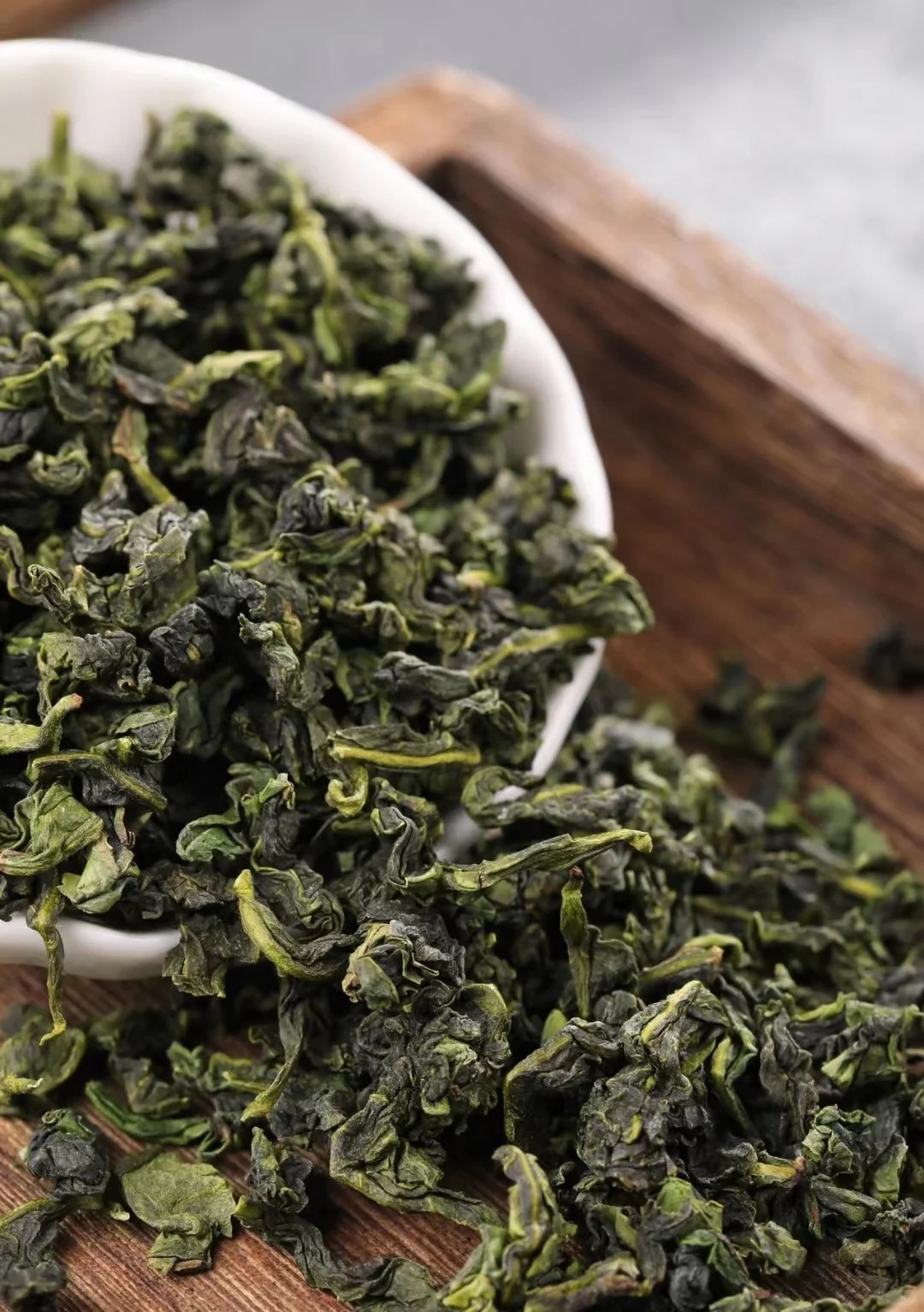
Complementary Flavors
Tieguanyin pairs well with light, fresh foods. Consider serving it with fruits like peaches or apricots, or mild snacks like cucumber sandwiches. For a more indulgent pairing, enjoy it with delicate pastries such as shortbread cookies or lemon tarts.
Savory Pairings
Tieguanyin also complements savory dishes such as sushi or grilled seafood, where the floral notes contrast beautifully with the umami flavors, creating a satisfying and balanced culinary experience.
Sustainability in Tieguanyin Production
Organic Farming Practices
Many Tieguanyin producers are embracing organic farming methods to ensure the purity of the tea and promote environmental sustainability. These methods avoid synthetic pesticides, protecting both the soil and the health of consumers.
